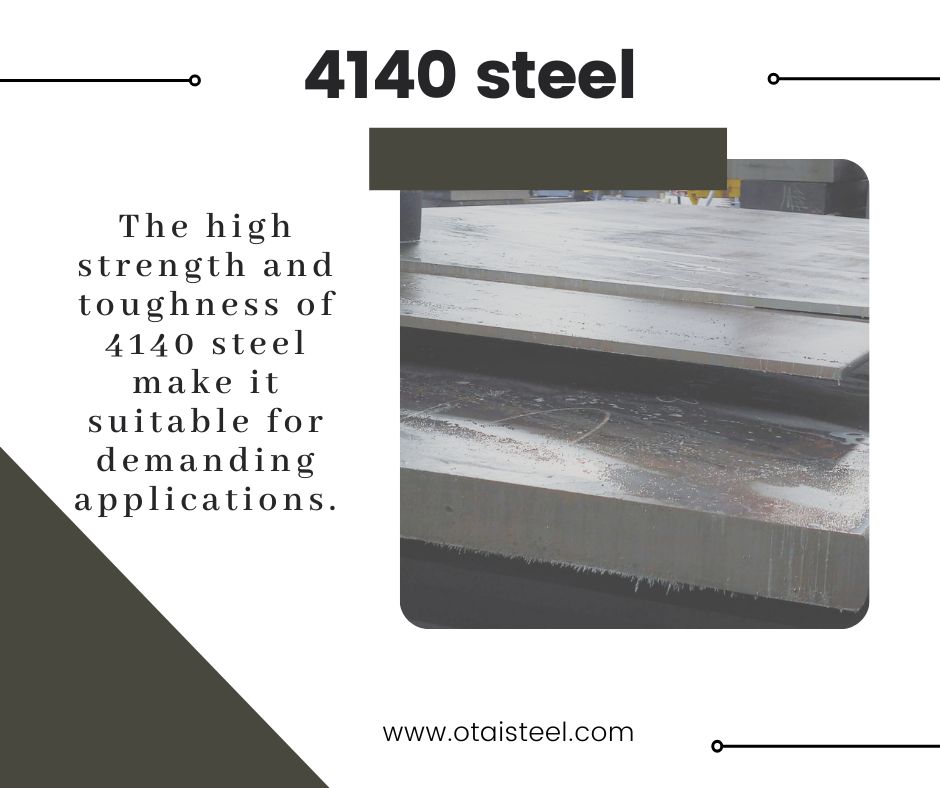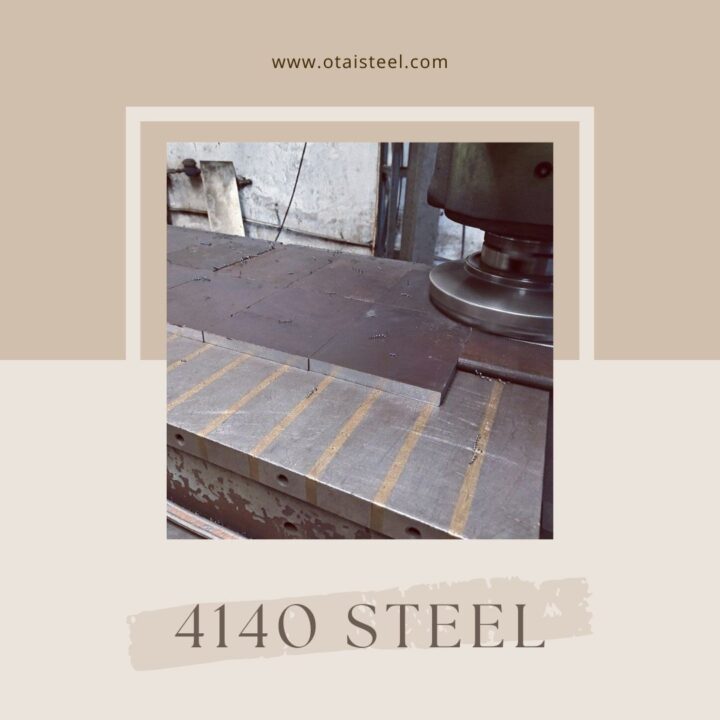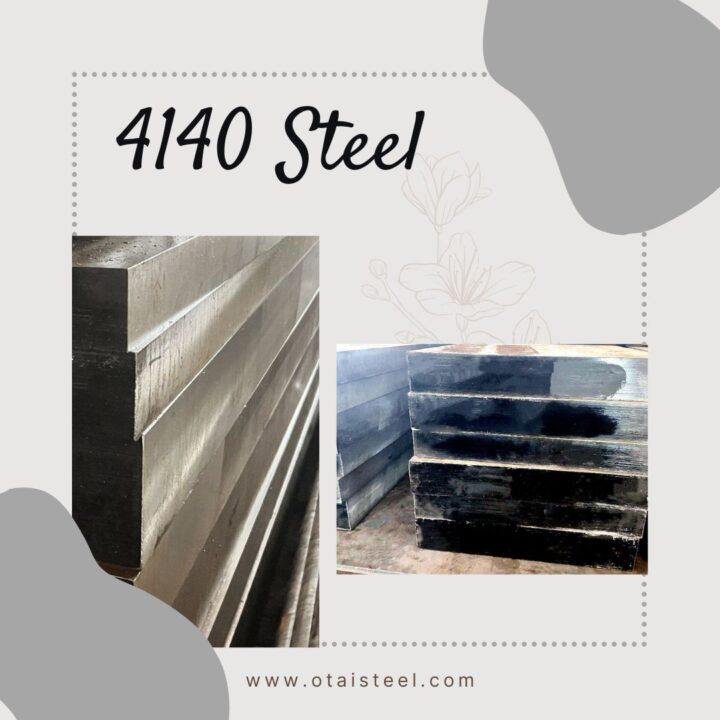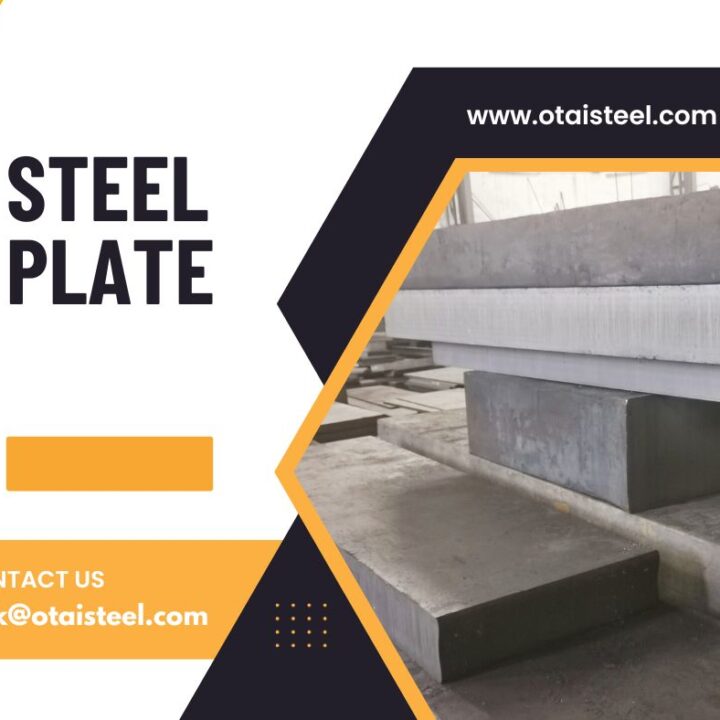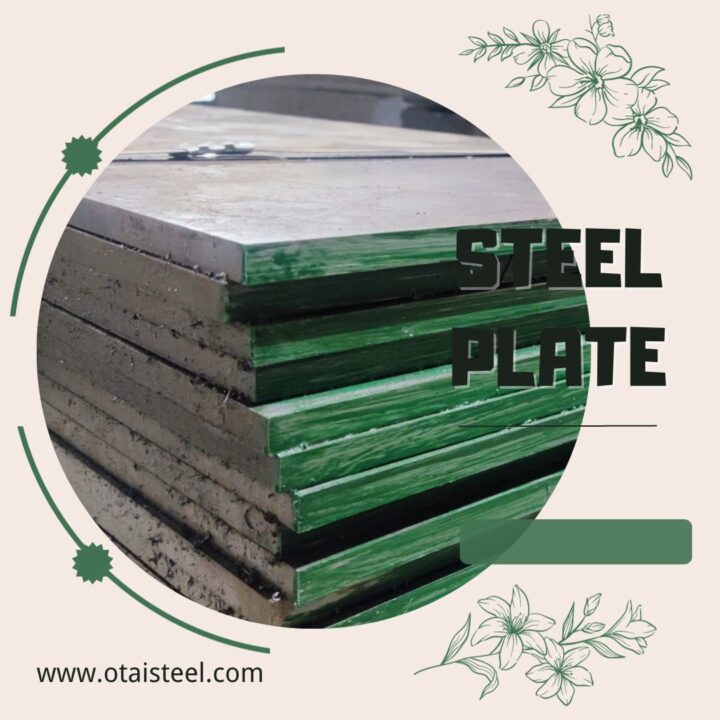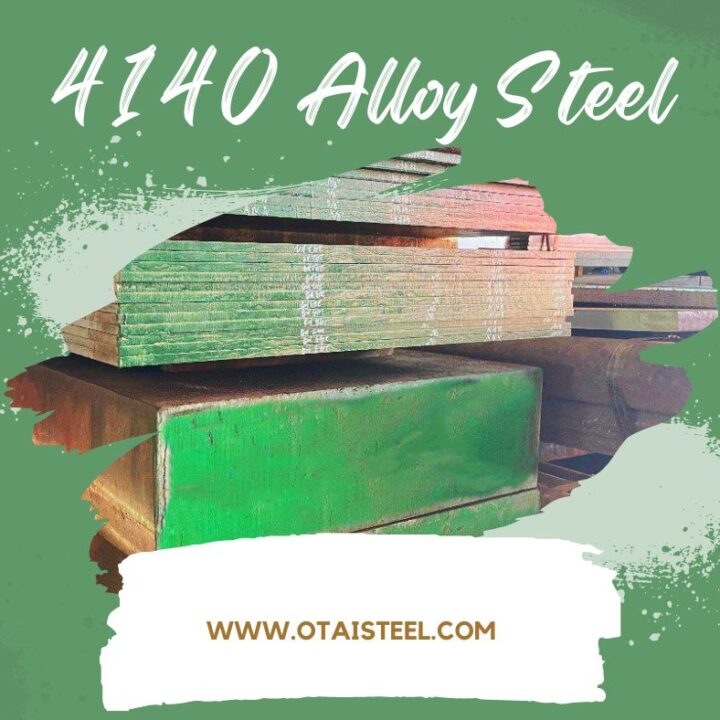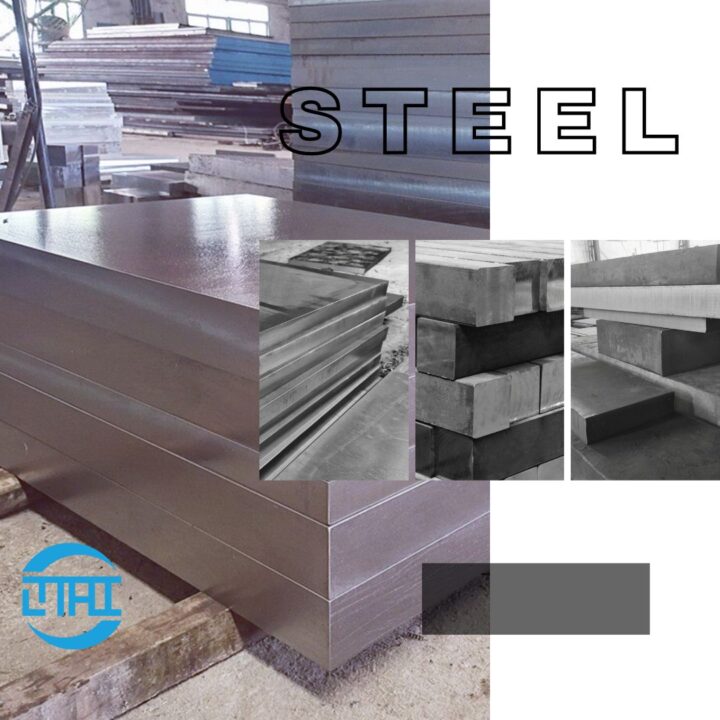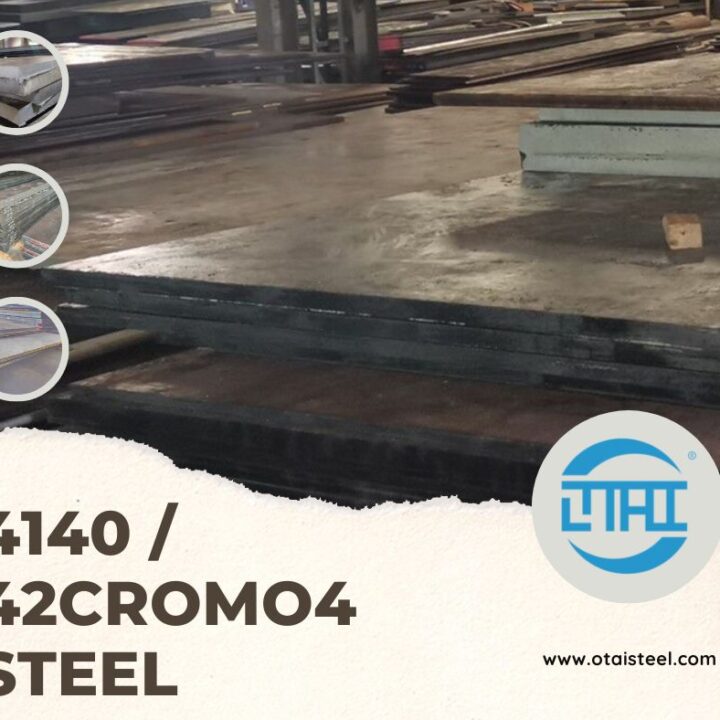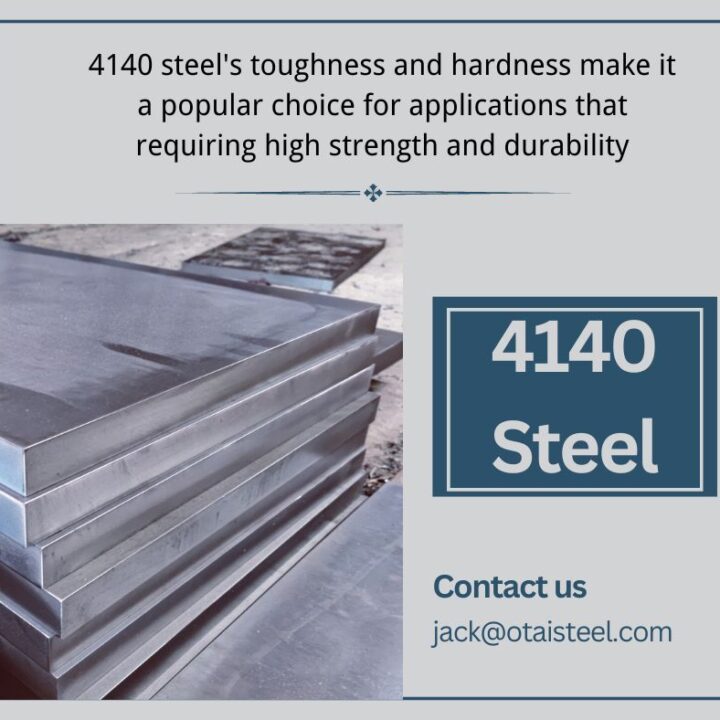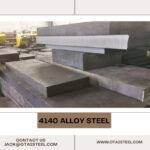Before we dive into welding, let’s get to know 4140 alloy steel better. It’s composed mainly of iron, carbon, chromium, and molybdenum, with each element playing a crucial role in its properties.
Chromium and Molybdenum Magic
Chromium and molybdenum enhance 4140’s strength and resistance to wear, making it a popular choice in various industries.
Tackling Welding Challenges
Welding 4140 alloy steel is not without its challenges. Its composition can lead to issues like cracking if not handled properly.
Pre-Weld Considerations
Before the sparks fly, meticulous preparation is essential. Clean the surfaces, remove any contaminants, and ensure the materials are of the same composition.
Choosing the Right Electrode
Electrode selection is critical. Opt for electrodes designed for high-strength steels, as they provide the best results when welding 4140 alloy steel.
Preheating and Interpass Temperature Control
To prevent cracking, preheating the steel before welding is often necessary. The interpass temperature, or the temperature between welding passes, should also be closely monitored.
Welding Techniques
There are various techniques for welding 4140 alloy steel, including shielded metal arc welding (SMAW), gas tungsten arc welding (GTAW), and gas metal arc welding (GMAW).
SMAW: The Stick Welding Approach
Stick welding, or SMAW, is a popular choice for welding 4140. It offers good control and can be used in various positions, making it versatile for different projects.
GTAW: Precision Welding
GTAW, or TIG welding, is known for its precision. It’s ideal for intricate welds and applications where appearance and quality are critical.
GMAW: Efficiency and Speed
GMAW, or MIG welding, is faster and more efficient, making it suitable for large-scale projects. However, it may require post-weld heat treatment to prevent cracking.
Post-Weld Heat Treatment
Speaking of heat treatment, it’s often necessary after welding 4140 alloy steel. This helps relieve stress and prevent cracking, ensuring the welded joint’s integrity.
Quench and Temper
One common heat treatment method is quenching and tempering. After welding, the steel is rapidly cooled (quenched) and then reheated to a specific temperature (tempered) to achieve the desired hardness and toughness.
Slow Cooling Alternatives
In some cases, slow cooling (normalizing) may be preferred over quenching to reduce the risk of cracking, especially for thicker sections.
Welding Safety
Welding requires the utmost safety precautions. Protective gear, proper ventilation, and knowledge of potential hazards are non-negotiable.
Post-Weld Inspection
After welding, a thorough inspection is crucial to ensure the quality of the weld. This includes checking for cracks, defects, and proper penetration.
With the right techniques, materials, and safety measures in place, welding 4140 alloy steel can yield strong, reliable, and durable results that stand the test of time.
